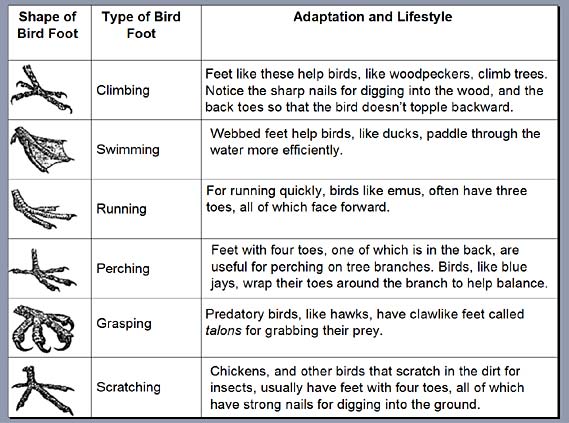Bird, a warm-blooded vertebrate that lays eggs and has feathers and wings.
Type of beaks
What Does a Bird’s Beak Tell You About Its Diet?

Eagle : Fish is the primary food of bald eagles, but they will eat a variety of other animals and birds. Their prey items include waterfowl and small mammals like squirrels, prairie dogs, raccoons and rabbits.
Sparrow : Sparrows enjoy grain crops grown in whatever area in the world they live. They like wheat, corn, oats, barley and many other grains also eaten by humans.
Hummingbird : Hummingbirds primarily eat flower nectar, tree sap, insects and pollen.
Kingfisher : They are most famous for hunting and eating fish. Also eat, Shrimp, Insects, Tadpoles etc
Owl : Their diet includes invertebrates (such as insects, spiders, earthworms, snails and crabs), fish, reptiles, amphibians, birds and small mammals.
Heron : Their diet includes a wide variety of aquatic animals, including fish, reptiles, amphibians, crustaceans, molluscs, and aquatic insects.
Chicken : greens, bugs, worms, seeds
Pelican : The diet of pelicans usually consists of fish, but occasionally amphibians, turtles, crustaceans, insects, birds, and mammals are also eaten
Duck : Ducks eat small fish and their eggs, snails, worms, mollusks, small crustaceans, grass, weeds, algae, aquatic plants, aquatic roots, frogs, salamanders, insects, and seeds
Woodpecker : Woodpeckers dine mostly on insects, but will also eat acorns, nuts, fruit, sap, berries and pine seeds
Flamingo : Flamingos eat algae, crustaceans, brine shrimp, diatoms, and aquatic plants.
Bird feet
Wading Foot. The long legs of killdeer make it possible for them to wade into ponds and streams to catch and eat small water animals.

Swimming Foot. Ducks and loons have webbed feet which they use to paddle through water.

Climbing Foot. Woodpeckers have sharp, curved claws that help them to climb and to clutch the bark of trees. Two toes point forward, and two point backward.

Grasping Foot. Hawks and owls have sharp, curved claws, or talons, with which to catch their prey. They use their strong claws to crush their victims, and to carry them away.

Perching Foot. All songbirds, or perching birds, have three toes pointing forward and one pointing backward. Such birds clamp their toes around a branch to keep from falling off.

Worksheets :




